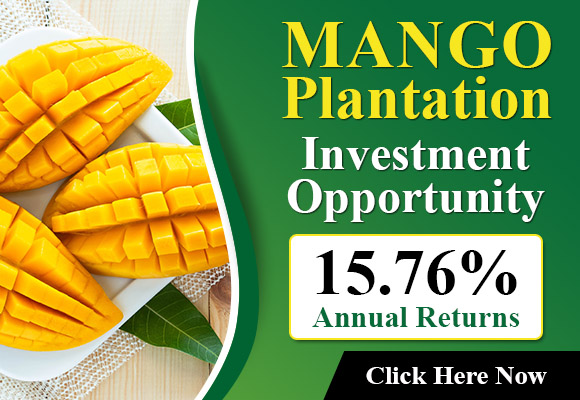The global shipping industry as well as New Zealand ports may experience shifts following a partnership between Hapag Lloyd and Maersk. Both operators have announced Gemini Cooperation, operational since the 1st of February, and involving the 340 vessels operating on seven important trade routes. It is supported by feeder services.
The partnership aims to achieve 90percent customer service reliability an increase of about 10% over the low of sub-50% on some routes. The possible impact for New Zealand ports and exporters is still unclear. Mike Knowles, chair of the NZ Council of Cargo Owners has suggested Gemini ships may visit the same hub for each island and use feeder services for managing the cargo coming from ports that are smaller. He also noted that international shipping companies haven’t yet been restored to the reliability of pre-COVID however New Zealand ports are similarly slow in their efficiency and efficiency, including Ports of Auckland having particular issues.
In spite of the possibility for extended duration of transit due to the increase in hubs, Knowles acknowledged the focus on reliability may provide exporters more certainty. “The goal is to increase the quality of the global system, and if it succeeds then it’s a win-win to NZ exporters” said Knowles.
Andy Bowley, Forsyth Barr’s head of research, said the partnership aims to tap into Maersk’s port network in order to increase the efficiency of shipping. The port network is now centralized around hubs as well as with the advent of Gemini and its collaborating shipping lines, they currently account for more than 80percent of the global shipping. Bowley said he was skeptical of any significant shift in service that could affect New Zealand, given Gemini’s principal focus on east-west routes or west-east route. “I don’t believe that we will see an energizing shift in the services towards and away from NZ,” he commented.
Gemini’s launch Gemini could increase competition and affect shipping prices as they soared throughout the COVID period, and also this year. Based on the Global Container Freight Index, the cost of shipping a 40-foot container was $3300 in November. This is increasing by US$1200 since January 2023.
The Gemini trade lanes cover Asia-US West Coast and Asia-US East Coast, Asia Middle East Asia-Mediterranean, Asia North Europe Middle East-Indian-Europe as well as Transatlantic routes. Hapag Lloyd reports that the vessels are able to move 3.7 million TEU per year and serve 6000 ports as well as helping to achieve decarbonization targets. Maersk mentions the ongoing conflict with the Red Sea as a factor that requires ship routing in the vicinity of Cape of Good Hope.
Kotahi the largest New Zealand freight management company, had earlier signed a lengthy freight contract with Maersk to ensure the reliability of shipping services. The agreement follows on from a similar 10 year agreement signed in 2014 that allowed the transportation to 1.8 million TEUs worth of New Zealand cargo, primarily seafood, dairy, meat as well as horticulture and forest.
Source: Farmers Weekly
Source: The Plantations International Agroforestry Group of Companies
